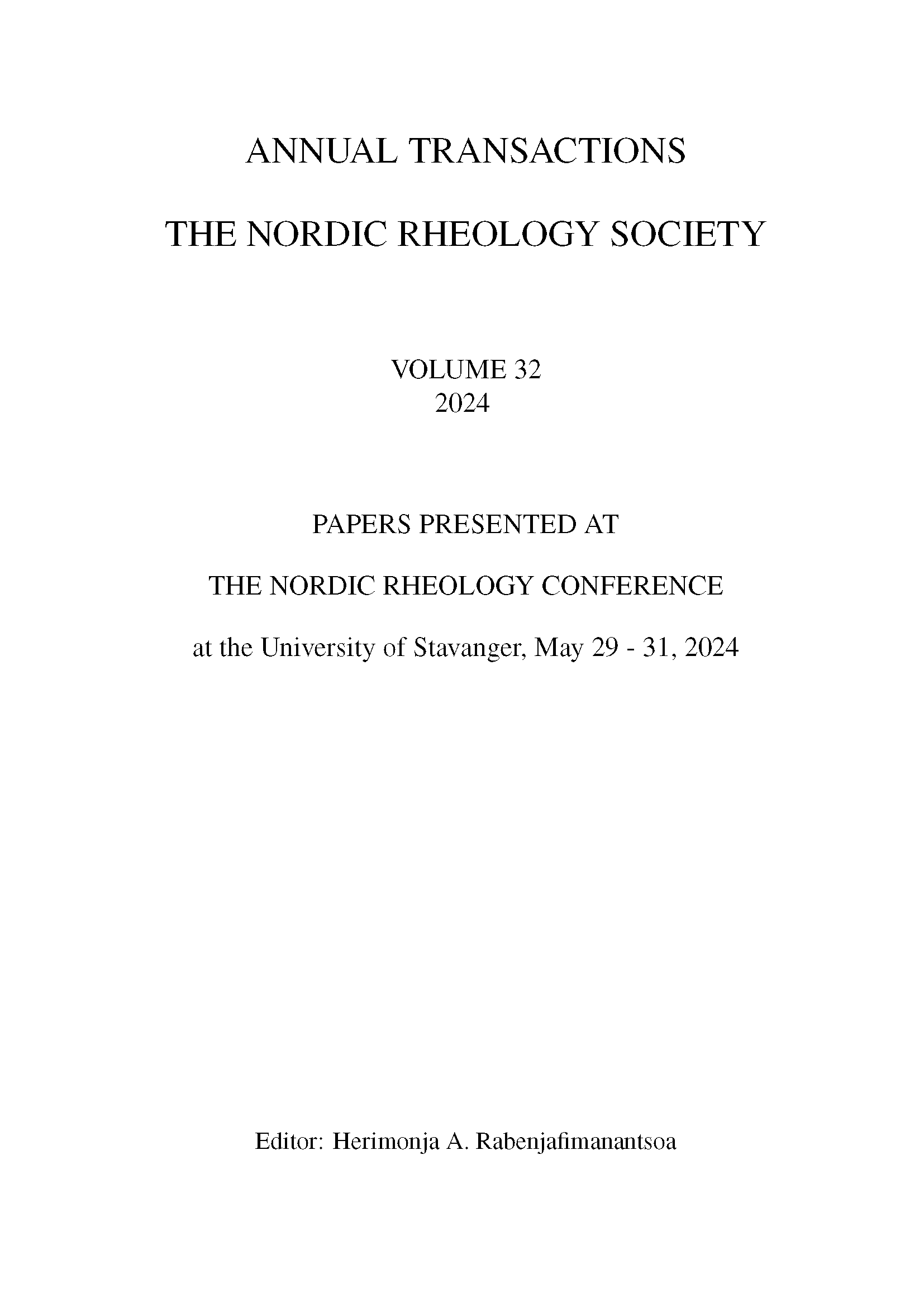Effect of Lubricants on the Lubricity of an Intervention Base Oil
DOI:
https://doi.org/10.31265/atnrs.771Abstract
During well intervention operations, the production tubing wall could be worn out due to mechanical interaction with coil tubing. Wear damage is a critical issue in the bend section where the contact force is higher. One of the possible solutions to reduce friction and wear damage is by increasing the lubricity of the intervention and the drilling fluid as well. The improved lubricity also minimizes the torque and drag that allows for reaching longer offset. This paper presents the experimental studies of the impact of six lubricants on industry intervention fluid. Results showed that the lubricants enhance the lubricity of the base oil. The optimized concentration of the lubricant reduced the coefficient of friction by 42-72 %.
References
Barreto,J.A.; Grittini ,S.J.; Zambetti ,R.; Zara, E.M.; Tenaris, W.T..Friction and Casing Wear Factor Characterization. SPE-213193-MS SPE Trinidad and Tobago, 14 - 15 June 2023
https://doi.org/10.2118/213193-MS
Wu, J.; Zhang, M. Casing Burst Strength After Casing Wear. SPE 94304. 16-19 April, Oklahoma City, Oklahoma
Vu, T. Finite Element Method Simulation and Modelling of Tubing Wear. 2015, University of Stavanger, MSc Thesis, Norway
Vignes, B.; Aadnoy, B.S. Well-Integrity Issues Offshore Norway. SPE-112535-PA, (2010): 25:02, p. 145-150.
https://doi.org/10.2118/112535-PA
Mesfin B.; Vidar, J.; Vu, T. Effect of Wedge and Crescent Wear on Production Tubing Burst Pressure Rating. International journal of engineering research and technology ISSN 0974-3154. Volume 12. p.1544-1548
Yan, Y. Tribology and tribo-corrosion testing and analysis of metallic biomaterials. In Metals for Biomedical Devices Woodhead Publishing Series in Biomaterials 2010, P. 178-201
https://doi.org/10.1533/9781845699246.2.178
Adams, D.R. Tribological considerations in internal combustion engines, Tribology and Dynamics of Engine and Powertrain, Fundamentals, Applications, and Future Trends 2010, Pages 251-283 ISBN 978-1-84569-361-9
https://doi.org/10.1533/9781845699932.2.251
Kaarstad, E.; Aadnoy, B.S.; Fjelde, T. A Study of Temperature-Dependent Friction in Wellbore Fluids/ SPE/IADC Drilling Conference and Exhibition held in Amsterdam, The Netherlands, 17-19 March 2009.
https://doi.org/10.2118/119768-MS
Prolong Olje+. Lubrication additive to reduce friction. Produced by Prolong AS, Stavanger, Norway.
Spalvins, T. A review of recent advances in solid film lubrication J. Vac. Sci. Technol. A 5, 212-219 (1987)
https://doi.org/10.1116/1.574106
Spalvins, T. Lubrication with Sputtered MoS2 Films: Principles, Operation, and Limitations. Journal of Materials Engineering and Performance Volume 1 (3) P. 347-352 June 1992
https://doi.org/10.1007/BF02652388
Anoop P.S.; Ravi K. D.; Amit S. Influence of nanoparticles on the performance parameters of lube oil- a review. Mater. Res. Express 8 (2021) 102001
https://doi.org/10.1088/2053-1591/ac2add
Singh, A.; Chauhan, P.; Mamatha, T. A review on tribological performance of lubricants with nanoparticles additives. Mater. Today Proc. 2020, 25, P.586-591.
https://doi.org/10.1016/j.matpr.2019.07.245
Junde, G.; Yingxiang, Z.; Biao S.; Puchao, W.; Zhijie, W.; Hao, D. Research Progress of Nano Copper Lubricant Additives on Engineering Tribology. Metals 2021, 11(12)
https://doi.org/10.3390/met11122006
Wei, Z.; Ming, Z.; Hongwei, Z.; Yu, T.; Kunlin, W.; Jinquan, W.; Fei, J.; Xiao, L.; Zhen, L.; Peng Z.; Dehai, W..Tribological properties of oleic acid-modified graphene as lubricant oil additives. J. Phys. D: Appl. Phys. 44 (2011) 205303 (4pp)

Downloads
Published
Issue
Section
License
Copyright (c) 2024 Mesfin Belayneh Agonafir, Bernt Aadnøy, Arne Askø

This work is licensed under a Creative Commons Attribution 4.0 International License.
